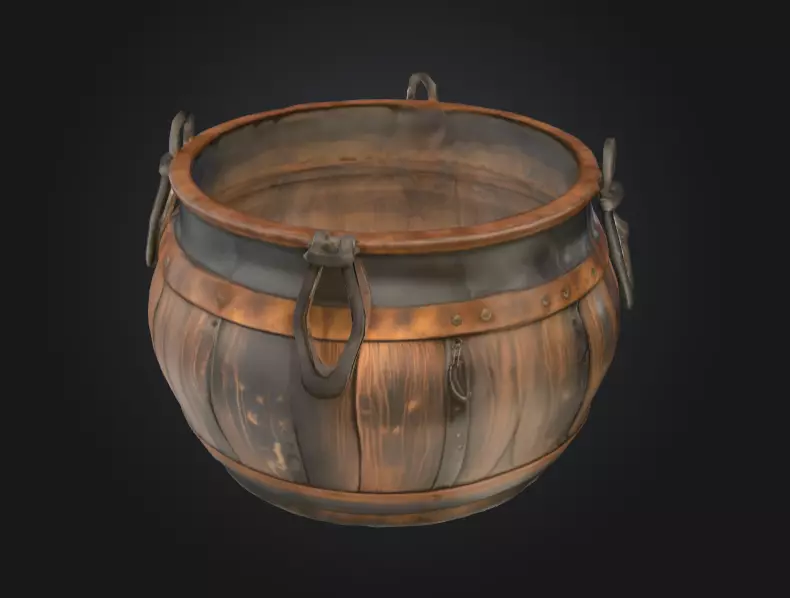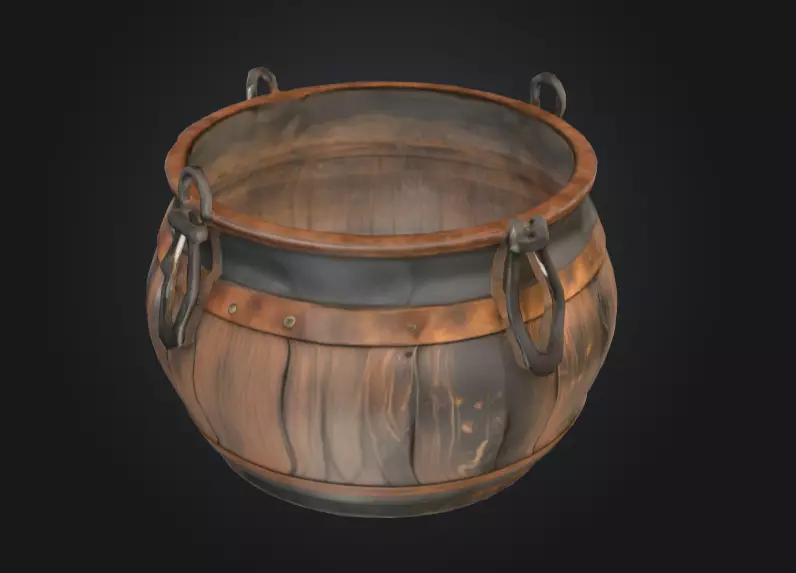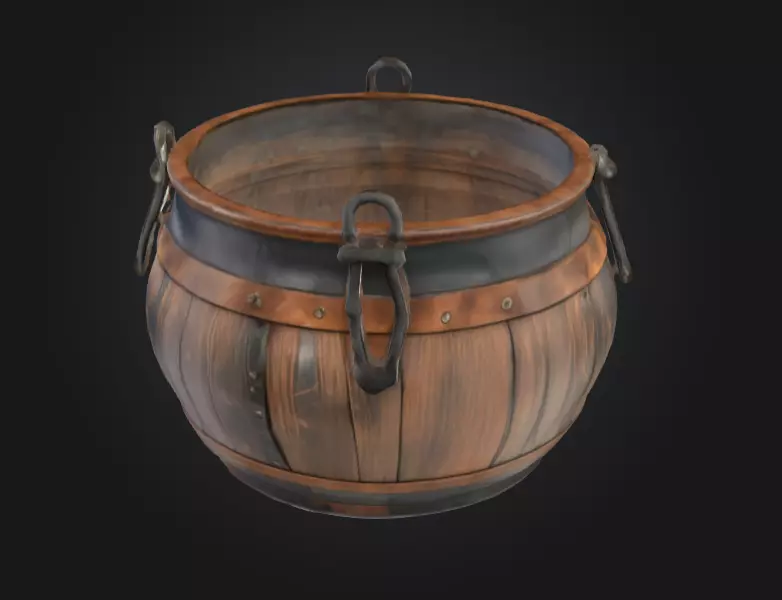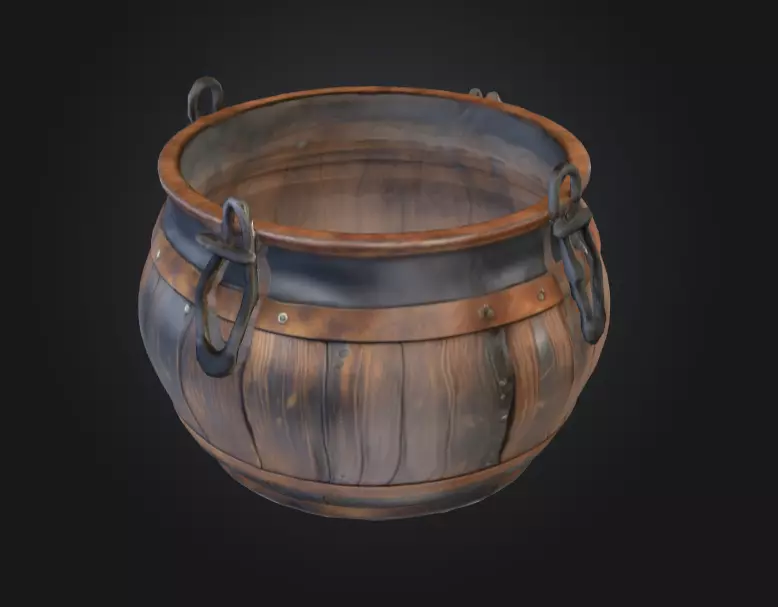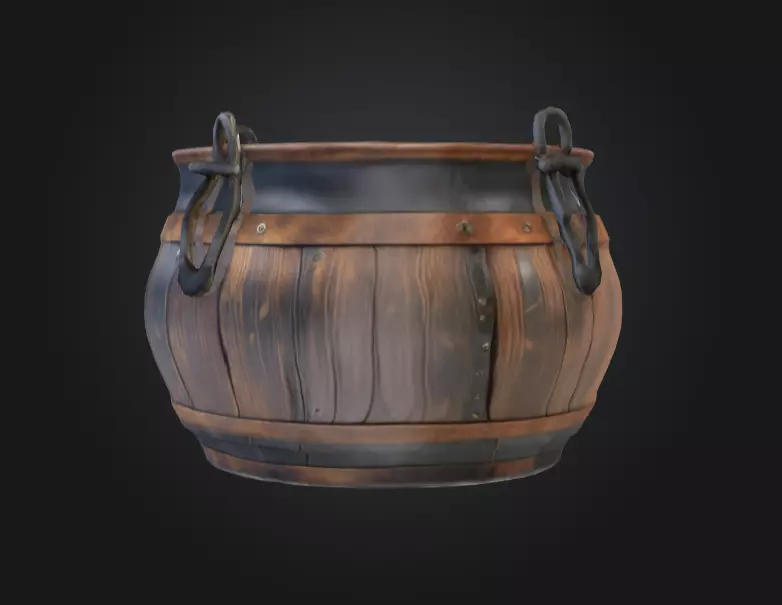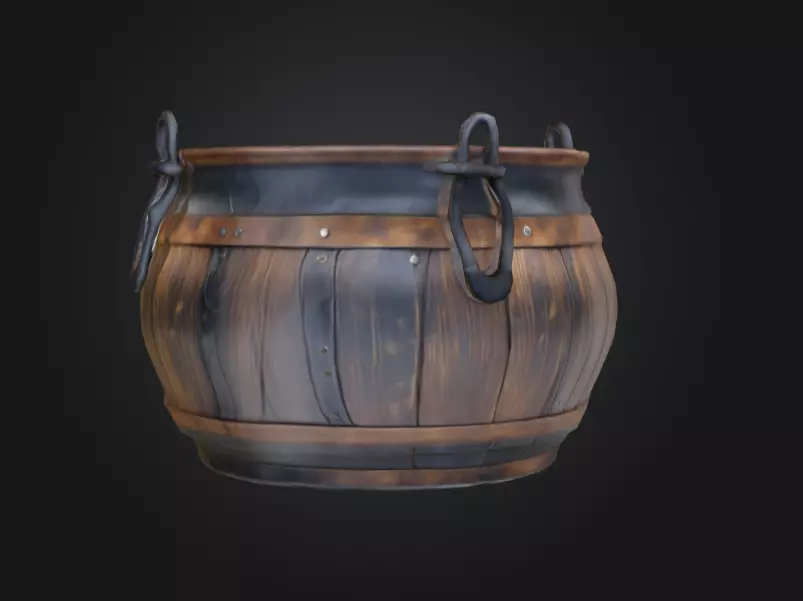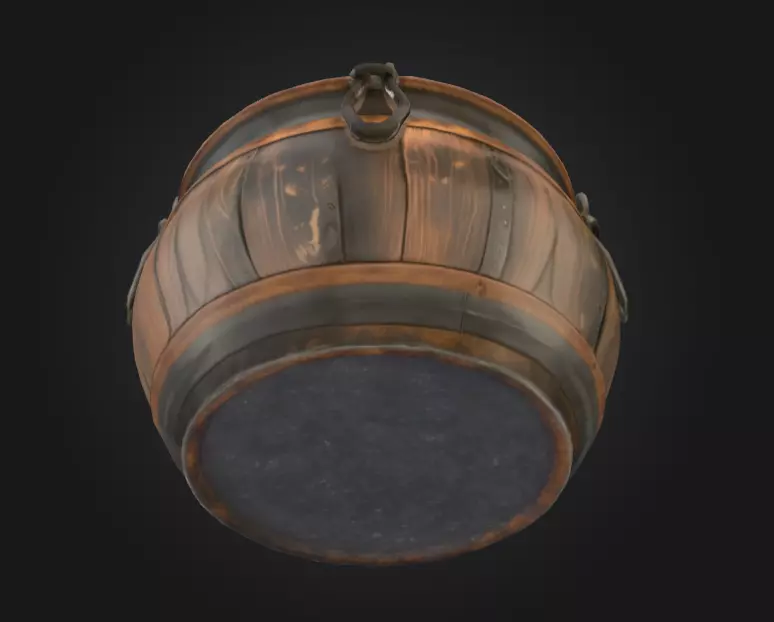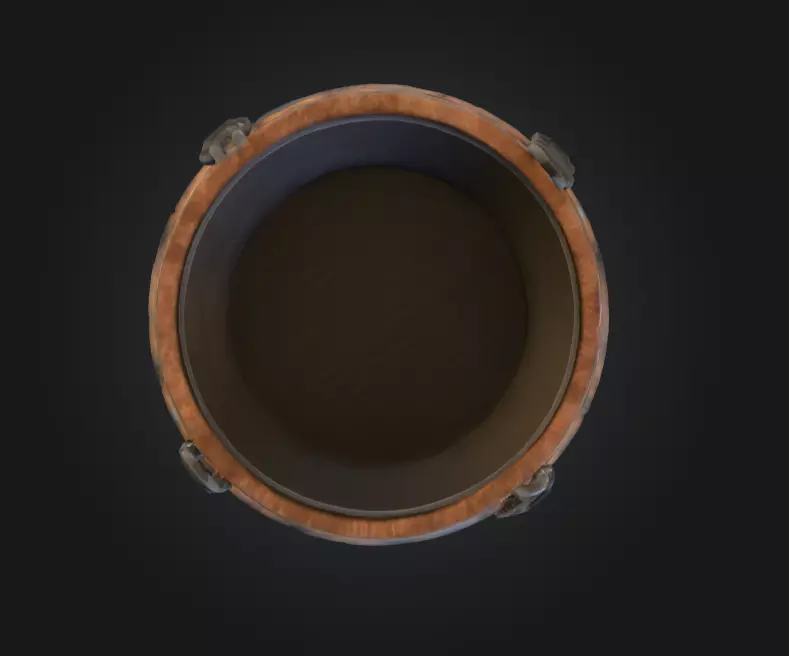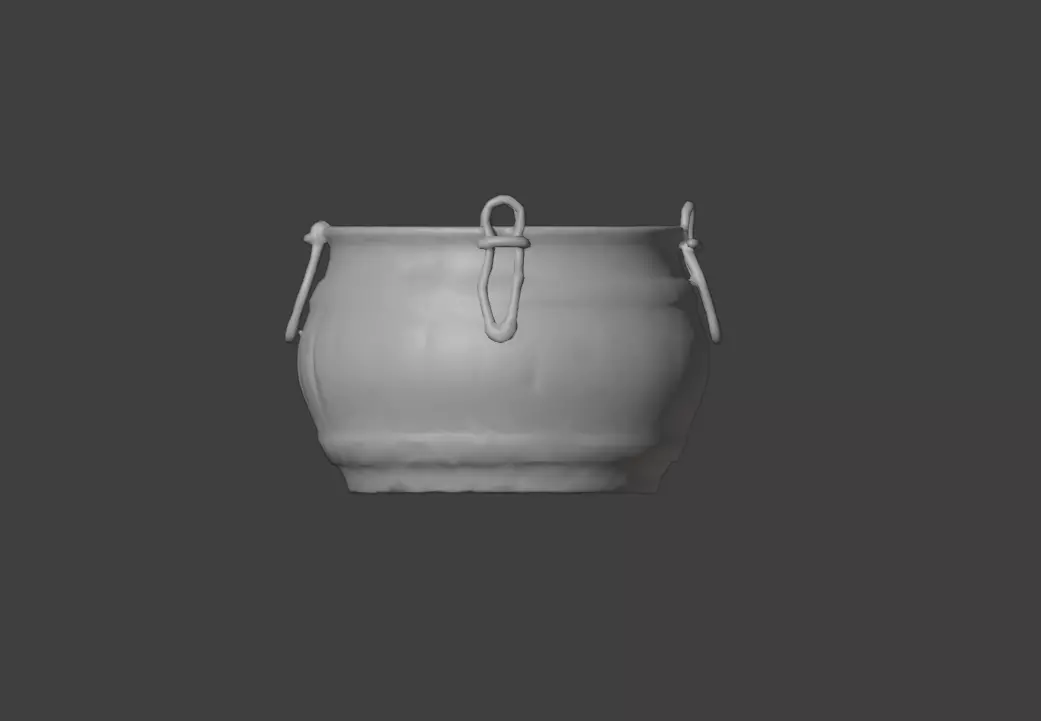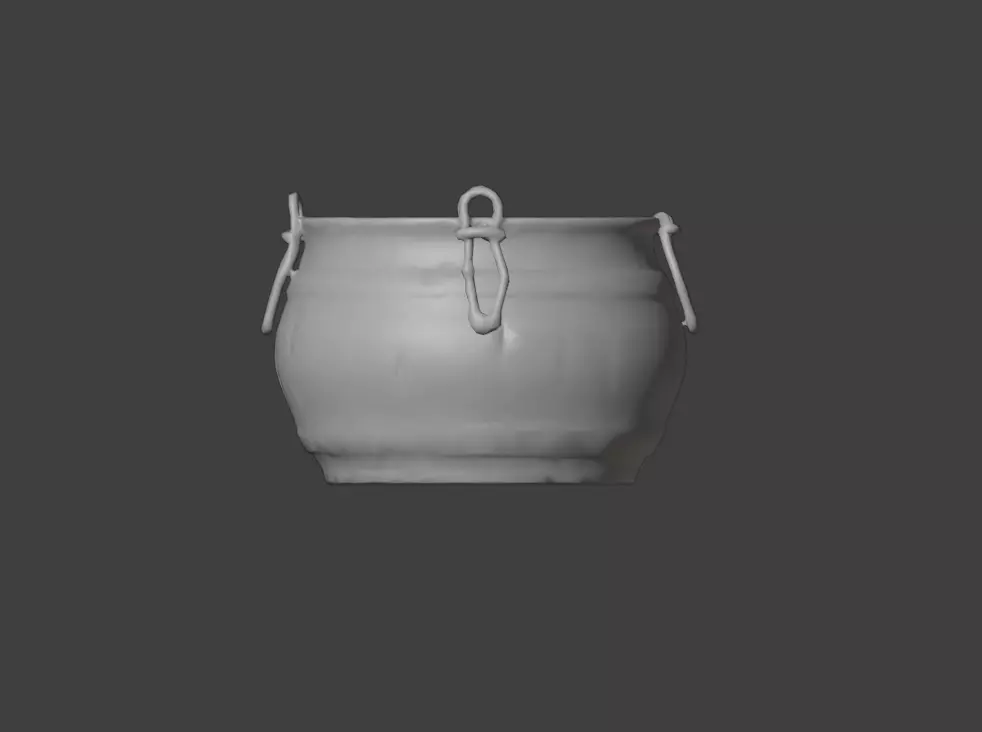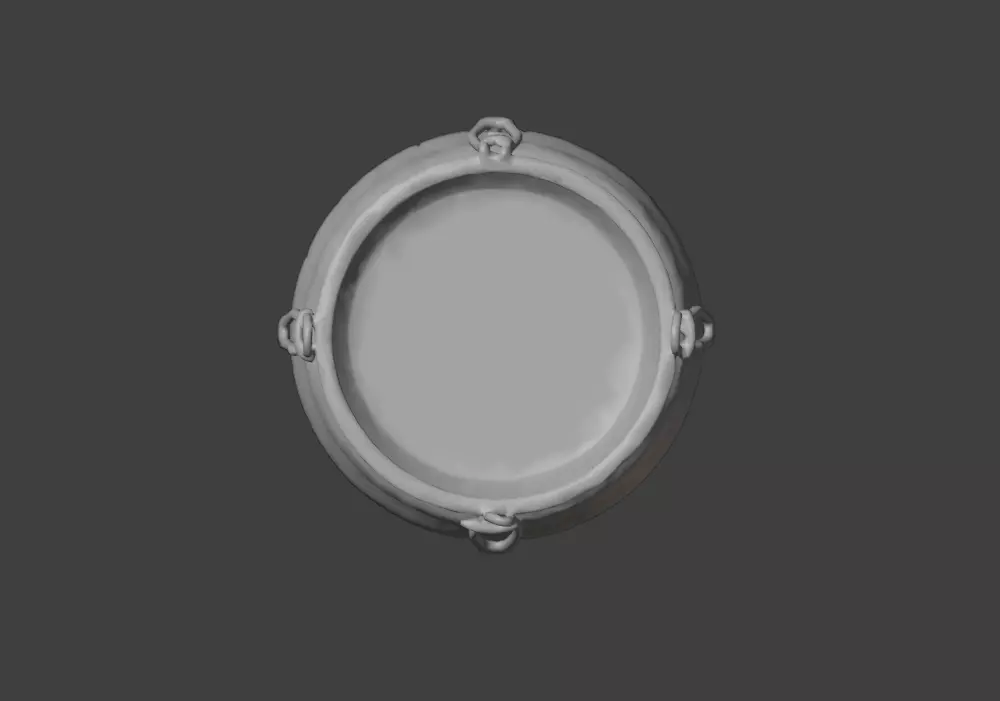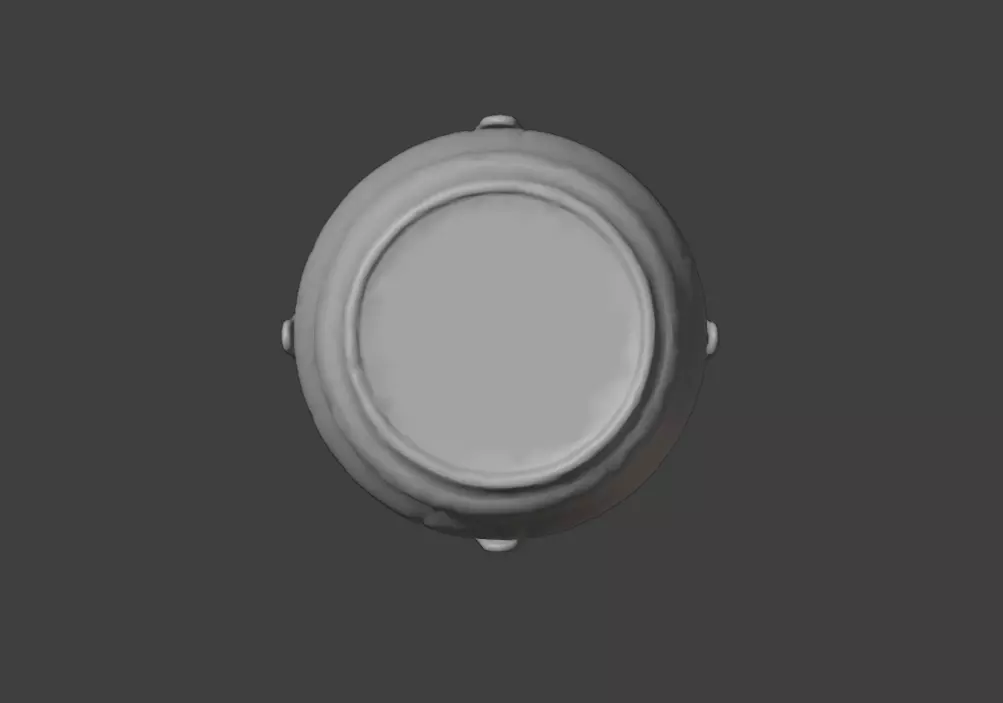
Medieval Cauldron Low-poly 3D model
The Medieval Cauldron stands as a timeless artifact of alchemy, folklore, and daily survival, a vessel that once held the mysteries of both life and death. Crafted from heavy iron, its rounded form bears the marks of countless years of use—scorch marks, soot stains, and a dark patina from countless fires. Resting upon sturdy legs or a rounded base, it was designed to withstand the intense heat of medieval hearths and outdoor bonfires. Its broad mouth opens like a dark void, ready to receive herbs, meats, or arcane concoctions, while thick handles on either side hint at the communal effort once required to move such a massive vessel when filled.
More than a simple cooking pot, the cauldron was steeped in symbolism during the medieval age. It was the centerpiece of hearth and home, where stews simmered for hours, feeding families and communities. At the same time, it was an instrument of lore and ritual—associated with witches stirring potions beneath the pale moon, alchemists experimenting with the secrets of transmutation, or healers brewing remedies that blurred the line between science and superstition. The cauldron’s heavy form and enduring presence gave it an aura of permanence, a container for both the mundane and the magical.
Legends often painted the cauldron as a source of endless bounty or terrible curses—objects that could heal the sick, summon spirits, or consume the unwary. In fantasy worlds, it often symbolizes mystery, transformation, and power, bridging the ordinary act of cooking with the extraordinary forces of the supernatural. The Medieval Cauldron is thus not just an object of practicality, but a symbol of the unknown: the bubbling heart of folklore where nourishment, ritual, and magic converge.
